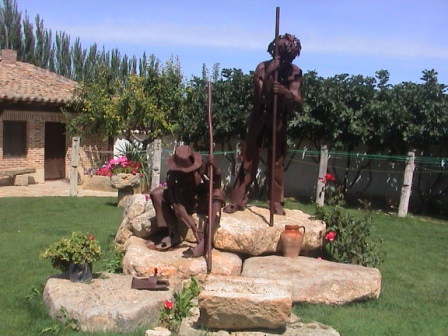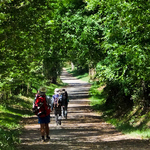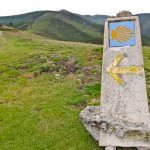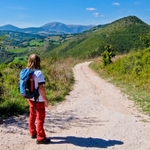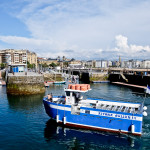When I was walking the Camino de Santiago, my companion John was by all accounts not looking very well. To be fair, he had been walking solidly for the last two weeks and had completed nearly 500 kilometers. I suppose his generous girth and the fact that he had recently undergone bypass surgery didn’t help either.
Nevertheless, he was nearing the end of his personal odyssey, eagerly anticipating arriving at Santiago’s beautiful cathedral to pay his own personal homage to St James.
John is just one of the many tens of thousands of people who walk the Camino de Santiago every year. It isn’t necessarily about religious beliefs (although there are still many devout pilgrims who complete it each year): it’s about a cross country adventure that has existed for over a thousand years that begins in France and ends 780 kilometres later in Galicia, north west Spain.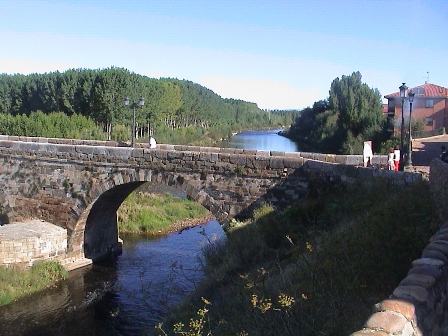
Its origins date back to medieval times when the apparent remains of the apostle James the Great were discovered in Santiago. Legend has it that his body had been carried by boat from Jerusalem to northern Spain and buried at what is now Santiago de Compostela. Ever since that discovery, pilgrims have made it their business to journey to this now hallowed site to pay their respects and felt it their duty to walk the whole way.Some say this was a masterful piece of spin by the Church whose star had been fading for some time and needed a spark to reignite religious belief. Whether you believe it or not is no longer the issue.The Camino has become a personal journey for all kinds of reasons.
Today, there are in fact numerous routes to Santiago depending on which part of Europe you hail from, but the most famous one, and still regarded as the original, is the ‘Camino Frances’ that begins in St Jean Pied de Port in France. It then traverses the Pyrenees at Roncesvals, goes through Pamplona, Burgos, Leon, Villafranca and Ribadiso amongst many others before finally arriving at Santiago. You can walk, cycle or even drive it, although taking a car you will miss out on some spectacular sections where there are no roads. The route is clearly marked in most places, simply keep an eye out for the shell sign, but if you do get stuck there plenty of maps and books available and of course more than enough fellow travellers who will keep you on the straight and narrow.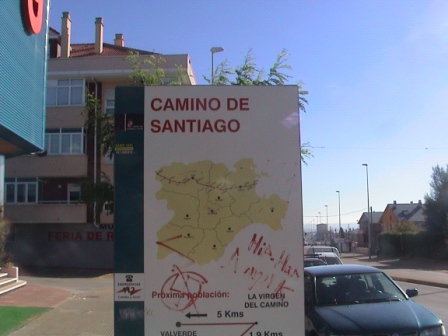
The official way to do the Camino de Santiago is by registering your details online before you go, or by visiting a pilgrims office at one of the main starting points along the route. This entitles you to a ‘pilgrims passport’ (there are different ones depending on whether you are religious or not). This passport is crucial as it gives you access to Albergues and Refugios which are hostels on route – but hostels only for pilgrims. These are placed every ten kilometres or so where weary pilgrims can rest for one night for a small fee, normally between €3 and €10, but be warned the facilities do vary enormously. Your passport needs to be stamped as you complete the various stages of the journey and there plenty of places to do this either in the hostels or in police stations or even restaurants. Having your passport stamped properly entitles you to receive your official certificate of completion at the end of your journey which, let’s face it, is the very least you deserve.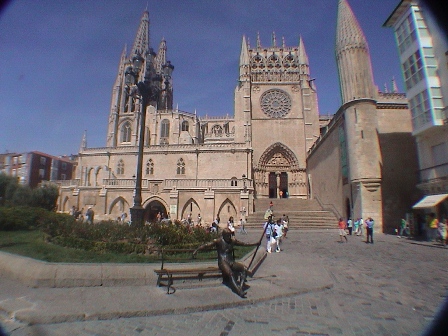
The Way of St James is a trek that can be completed by everyone, young and old with no real experience needed apart from common sense, lots of water, and very comfortable walking shoes. You can join at any part of the journey and you get to meet lots of like-minded people along the way, share fascinating travellers’ stories, support, sympathise and encourage, and of course compare blisters.
I found the whole thing an incredible experience. What started out as an exciting trek with absolutely no hint of religious fervour, actually ended up being a pretty spiritual and uplifting event. There was disappointment though, no bunting or flag waving when I finally arrived in Santiago, no signs urging me on to the last few hundred metres – in fact I got lost in the maze of streets and actually added a few extra K’s to my tally!
Santiago de Compostela’s grand cathedral, the climactic end to the Camino, is a sight to behold. A vast building that seems to absorb all the raw emotion that emanates from each and every weary traveller as they wait patiently to touch James’ statue, now worn glass smooth from the thousands of hands. Some just stand and stare, others weep openly. Regardless of your faith or beliefs, to complete The Camino is a true test of endurance and it is emotional to literally walk in the countless footsteps of people who have gone before.
Me, I duly paid my respects and got my certificate. It was only after I had downed a very grateful ice cold beer I began thinking about trying the Portuguese Camino. But that as they say is another story.
Tell me more about Walking the Camino de Santiago
For more information on the Camino click on the link below.
Main image: Camino refuge garden (c) Andy Mossack

